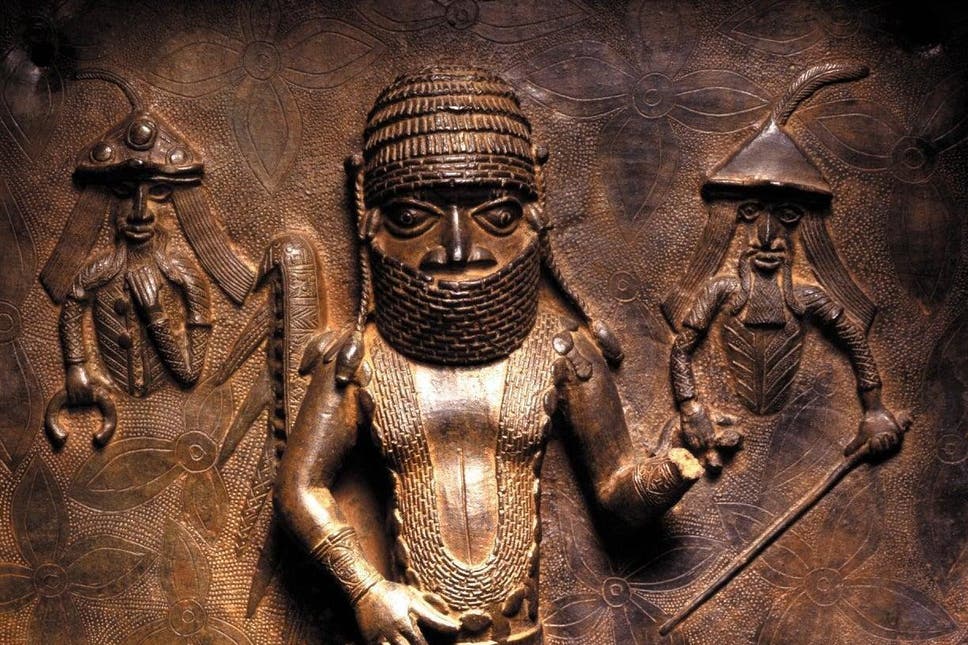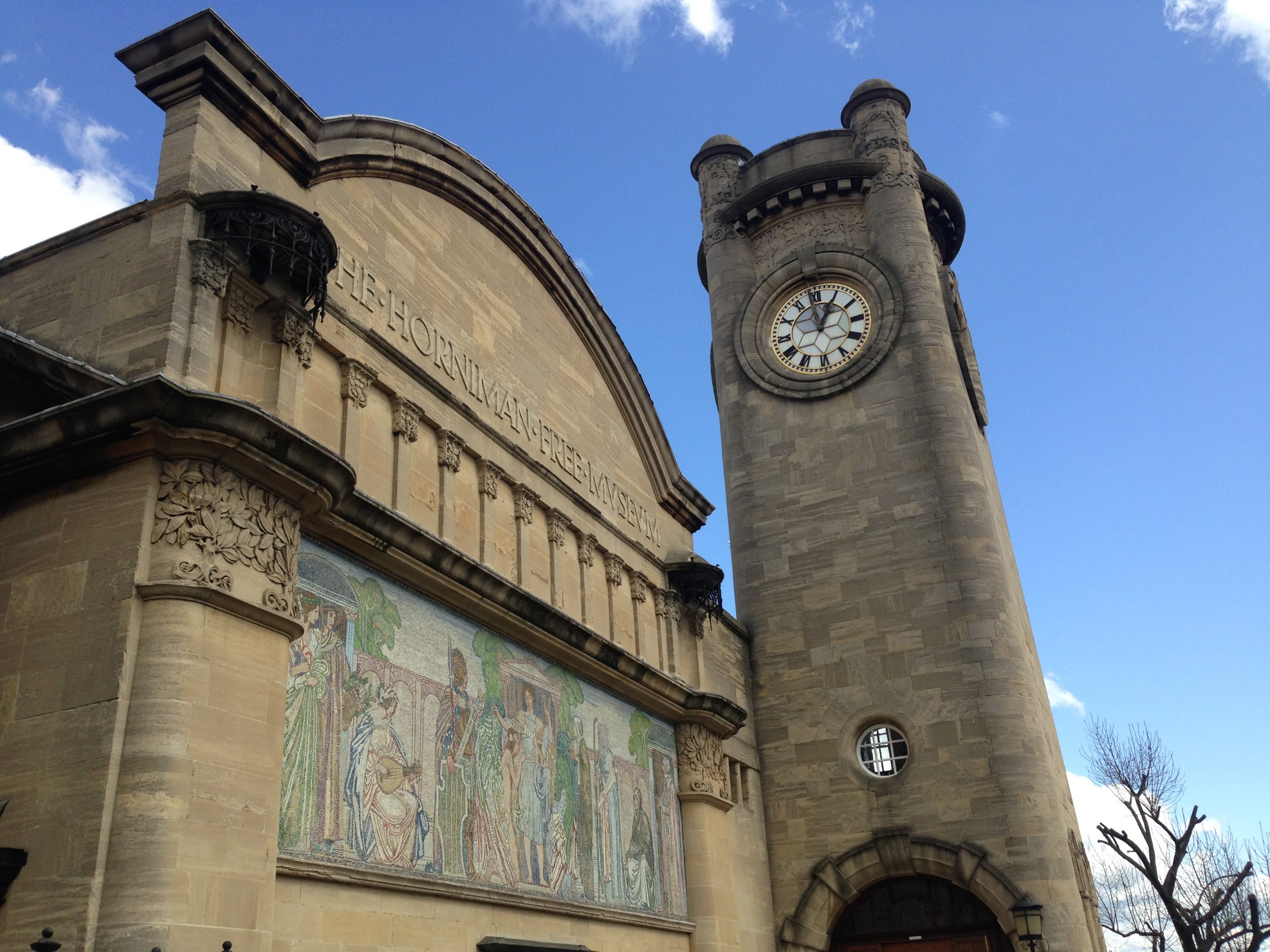
Horniman announced it will transfer ownership of 72 objects in its collection, including 12 brass plaques known as Benin bronzes. The items will be transferred to the Nigerian government, alongside other objects seized by the British Army in 1897, such as a brass cockerel altar piece, and ivory and brass ceremonial objects.
Eve Salomon, the Horniman’s chair of trustees, said, “The evidence is very clear that objects were acquired through force, and external consultation supported our view that it is both moral and appropriate to return their ownership to Nigeria.”

London’s Horniman Museum
The Horniman Museum & Gardens is directly funded by the government via the Department for Digital, Culture, Media and Sport (DCMS). A DCMS spokesperson said to The Art Newspaper, “Museums and galleries in the UK operate independently of government. Therefore decisions relating to the care and management of their collections are a matter for the trustees of each museum. The Horniman Museum & Gardens is not prevented by law from deaccessioning items, so it is up to the trustees of the museum to decide on their collections.”
The museum is working out the process for the formal transfer of ownership with Nigeria’s National Commission for Museums and Monuments, while also exploring the possibility of retaining some objects on loan for display, research and education.
Just last week, Oxford and Cambridge universities agreed to repatriate more than 200 Benin bronze items.
The Horniman Museum and Gardens has agreed to return ownership of its Benin bronzes – looted in 1897 – to Nigeria.https://t.co/89oM98TB9e pic.twitter.com/Dl5jbLbwhY
— Horniman Museum and Gardens (@HornimanMuseum) August 7, 2022
This is the backdrop into which ACE has released its new guidance. It comes in a document called Restitution and Repatriation: A Practical Guide for Museums in England, and replaces the previous guidelines from the now defunct Museums and Galleries Commission in 2000.
The new advice was developed in partnership with the Institute of Art and Law, and hopes to “provide advice and best practice for museums in England on responding to restitution and repatriation cases.”
“The guidance is underpinned by existing policy and legislative framework and supports museums in making decisions and managing cases in a legally appropriate and ethically responsible manner. It does not change any policy or legislation,” an ACE statement says.
“While each situation is different, and a case-by-case approach is required, there are common issues which apply to all museums and for which broad, best-practice principles are recommended,” the ACE document continues. “It is important to be alert to the possible sensitivities of claimants, and to the deep sense of hurt and alienation which some of them may feel. It is also worth remembering that the cost to a claimant of bringing a claim, both financially and emotionally, can often be very significant.”
Alexander Herman, the director of the Institute of Art and Law, says, “Museums in England will now have a go-to resource for dealing with claims for restitution and repatriation. In the past, there was often a lack of clarity about how museums should respond to claims, a situation which often made matters worse for both sides. With the new guidance, museums now have that clarity and can proceed considerately.”


